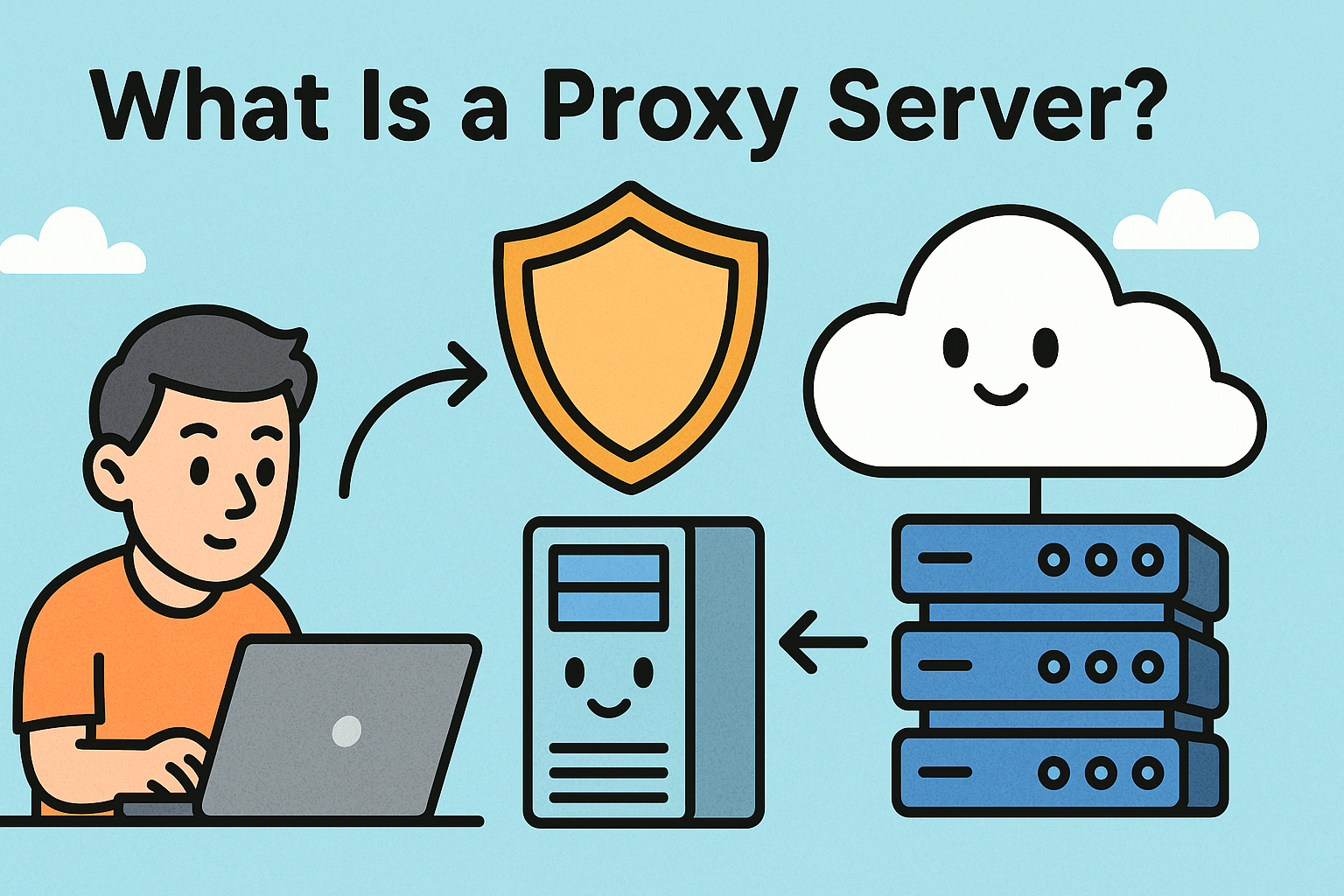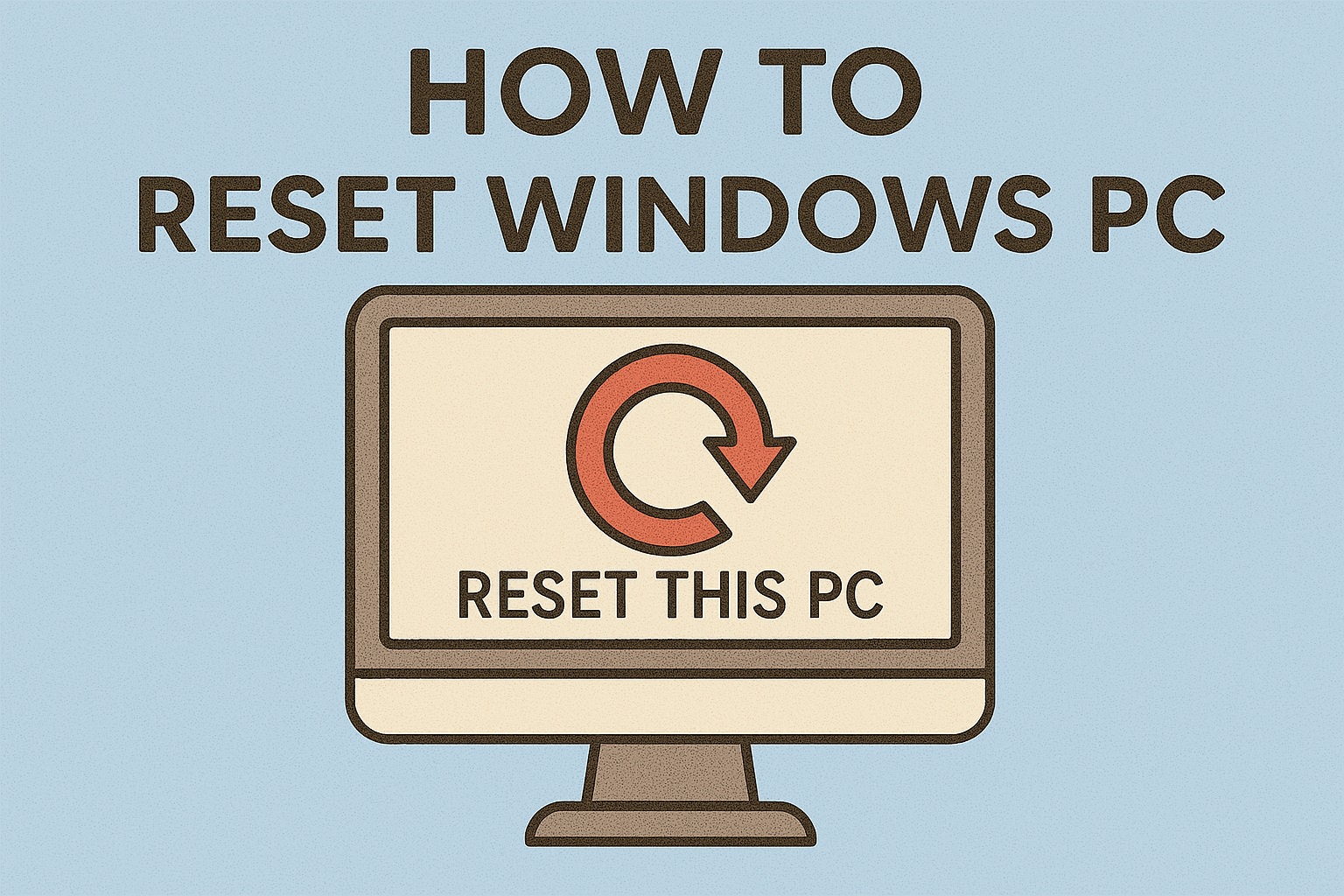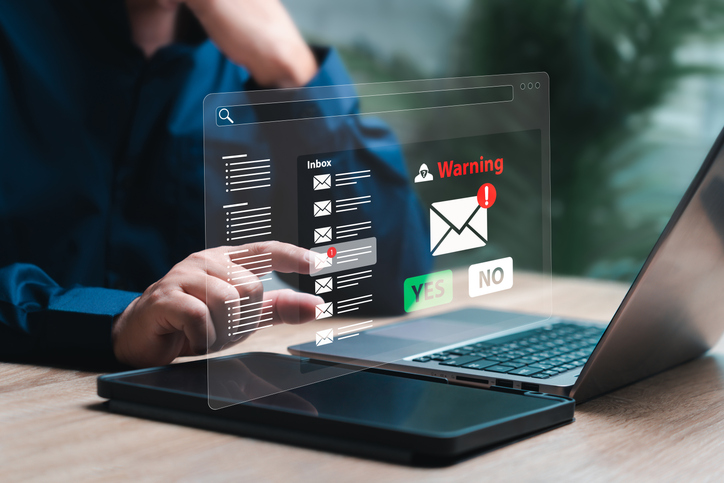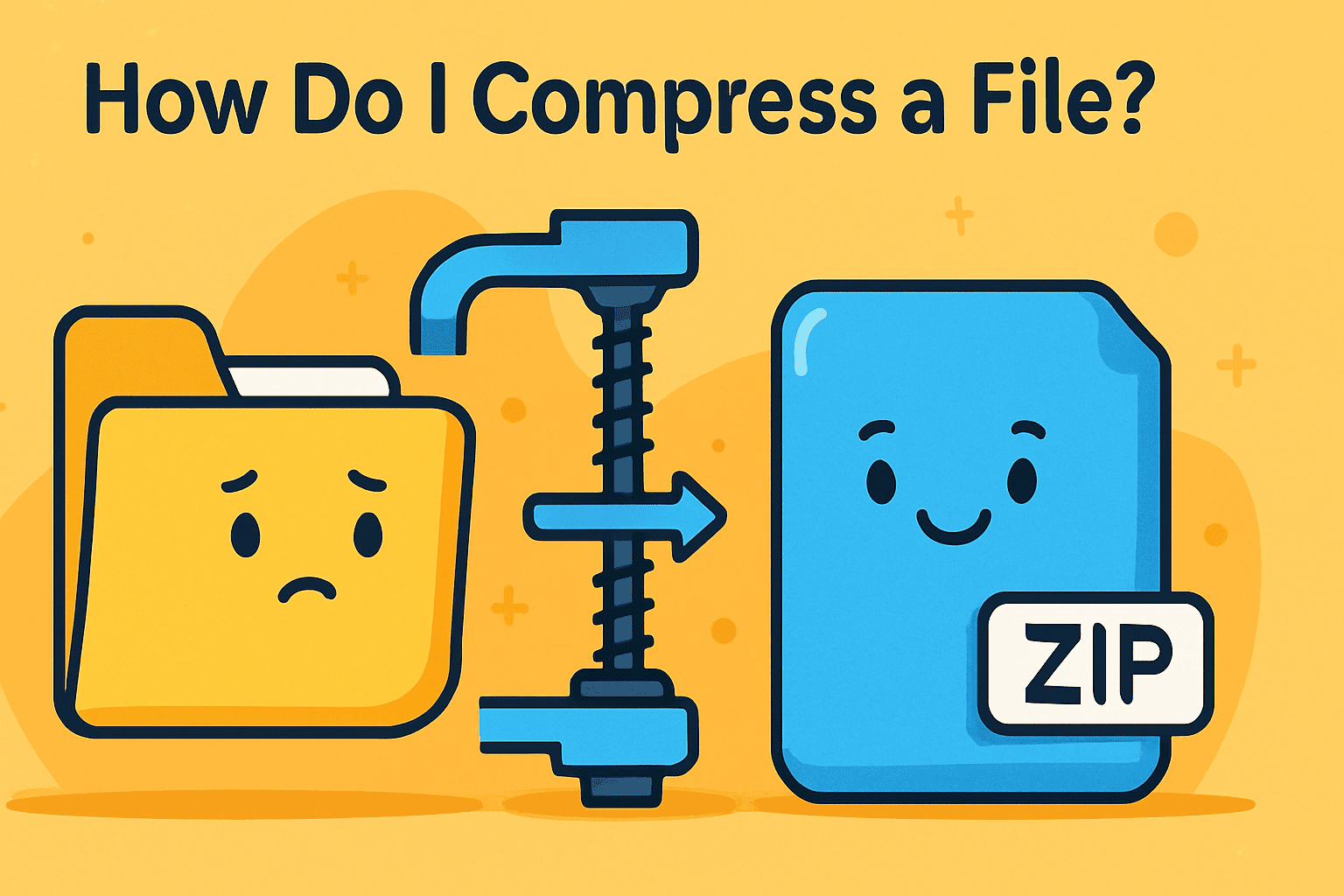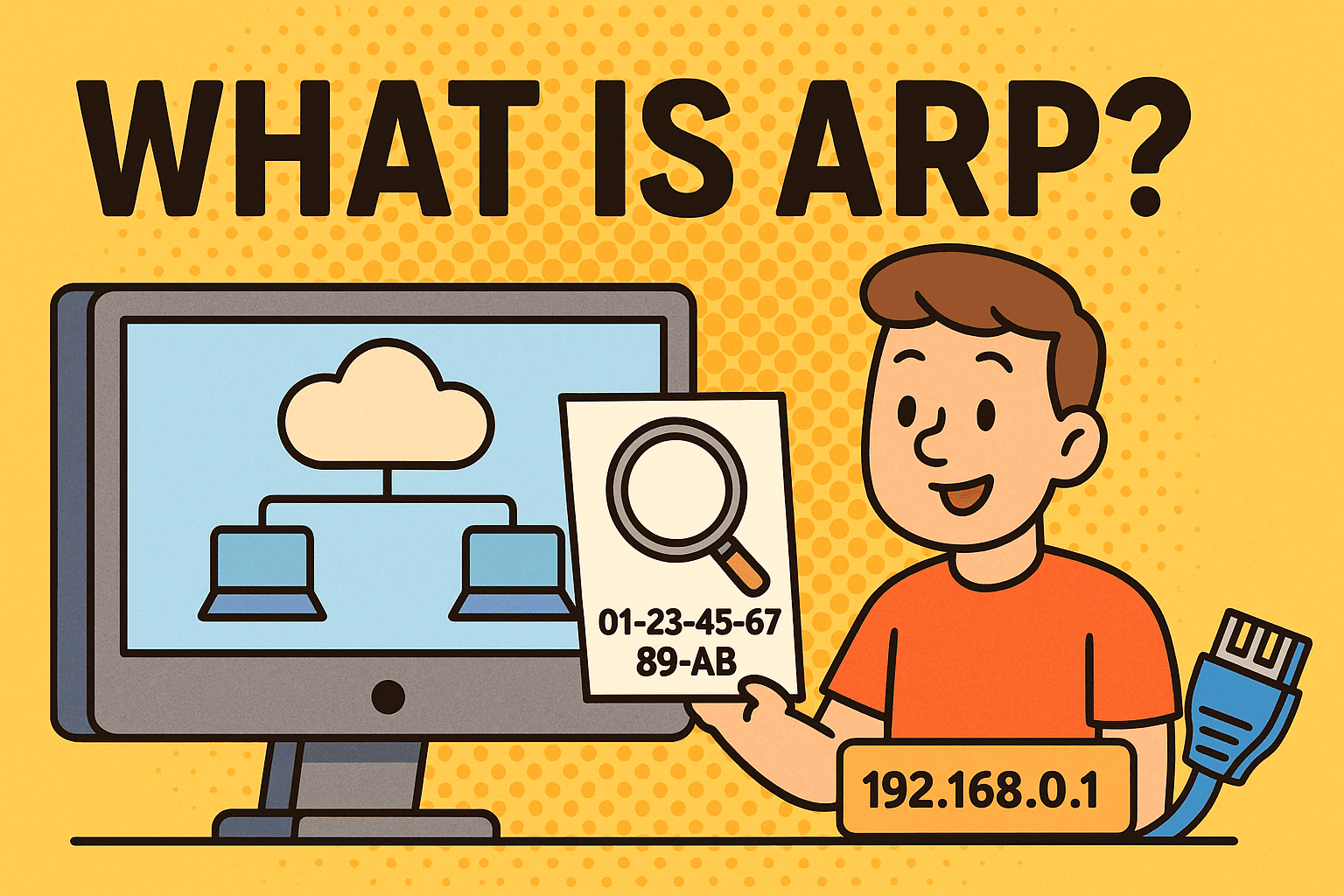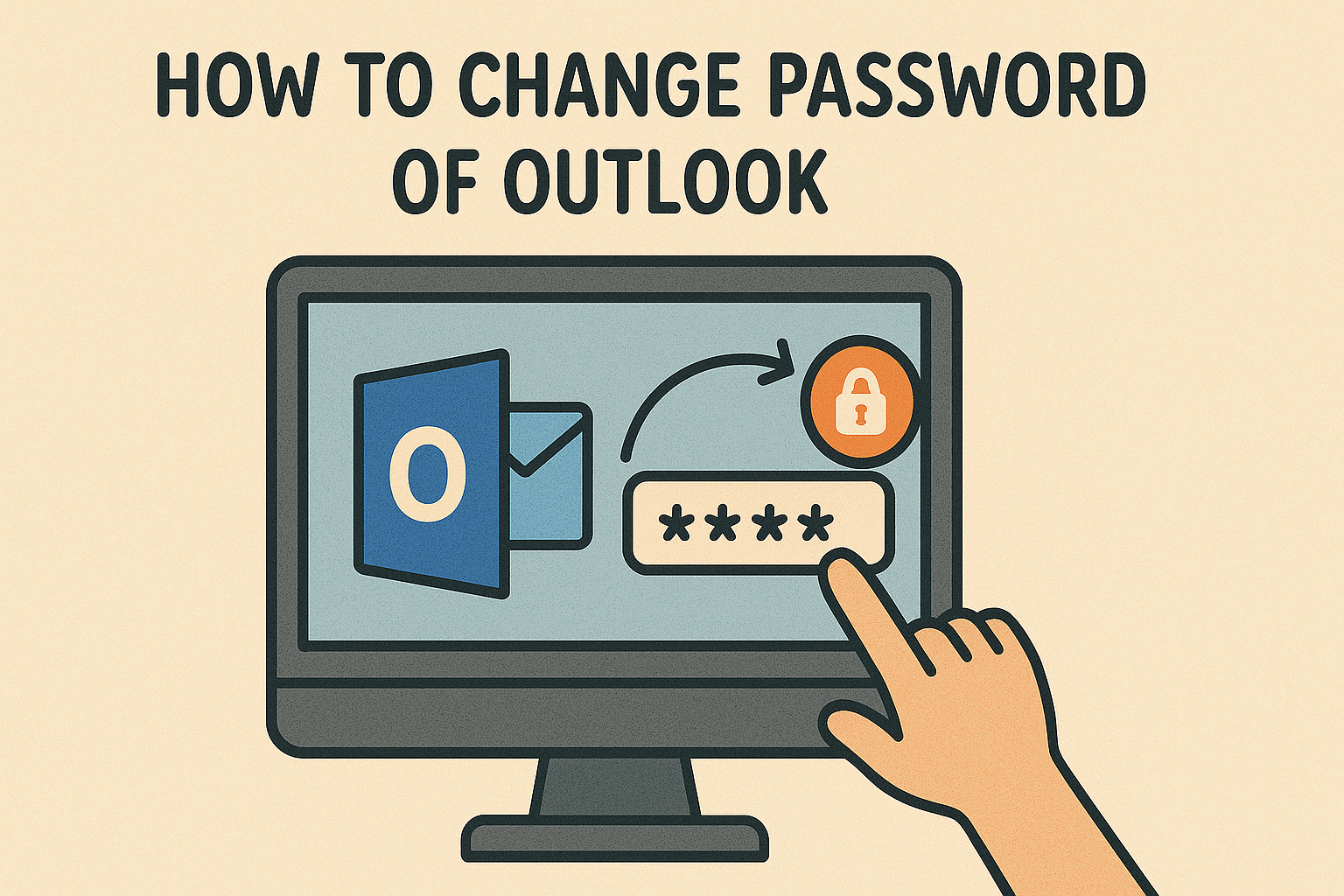How to Factory Reset Windows 10: A Step-by-Step Guide for IT Pros and Business Leaders
Updated on June 25, 2025, by Xcitium

Whether you’re troubleshooting persistent performance issues, preparing to sell a device, or responding to a potential breach, knowing how to factory reset Windows 10 is essential for any IT manager, security specialist, or business owner.
Factory resetting can:
- Remove malware or corrupted files
- Restore system speed and responsiveness
- Provide a clean slate for re-deployment
Let’s explore safe and effective methods to reset your Windows system—from inside Windows and from boot—with tips tailored for professional users.
What Does a Factory Reset Do?
A factory reset reinstalls Windows 10 and removes your personal files, settings, and apps (depending on the reset option you choose). It’s often used as a last-resort troubleshooting method or a proactive system cleanup.
🧠 Key Benefits of a Factory Reset:
- Clears unwanted programs, bloatware, or malware
- Removes lingering registry errors
- Prepares a laptop for resale or reassignment
- Restores original performance
How to Factory Reset Windows 10 (From Within Windows)
This is the most user-friendly method and can be done through the Windows 10 Settings menu.
Step-by-Step Instructions:
- Open Settings
Go to Start > Settings ⚙️ > Update & Security > Recovery - Choose Reset this PC
Under “Reset this PC”, click Get started - Select an Option
- Keep my files – Removes apps and settings but keeps personal files
- Remove everything – Deletes everything and reinstalls Windows
- Review and Confirm
Follow prompts to begin the reset process. Your system will reboot and reinstall Windows.
💡 Pro Tip: Always back up important files to OneDrive, an external drive, or a company server before proceeding.
How to Factory Reset Windows 10 from Boot (Advanced Method)
Need to reset your machine and can’t access Windows? No problem. Here’s how to perform a Windows 10 factory reset from boot.
Instructions:
- Force a Reboot to Recovery
- Turn on your PC and hold the Power button until it shuts off
- Repeat 2–3 times to trigger Automatic Repair mode
- Access Advanced Startup
- Choose Advanced options > Troubleshoot
- Reset This PC
- Select Reset this PC and follow the on-screen instructions
- Choose Remove everything for a complete reset
This method is perfect when dealing with malware, corrupted OS files, or login issues.
How to Factory Reset a Windows Laptop (Brand-Specific)
Most manufacturers (Dell, HP, Lenovo, etc.) include pre-installed recovery environments. Here’s how to factory reset a Windows laptop based on vendor tools:
| Brand | Shortcut Key | Recovery Tool |
| Dell | F8 / F12 | Dell Factory Image Restore |
| HP | F11 | HP Recovery Manager |
| Lenovo | F11 | OneKey Recovery |
| ASUS | F9 | ASUS Recovery Partition |
| Acer | Alt + F10 | Acer eRecovery Management |
🔐 Note: These tools often include factory bloatware. For a clean install, use Windows Reset instead.
When to Use a Factory Reset (and When Not To)
✅ Ideal Use Cases:
- Reassigning corporate laptops
- Suspected malware or ransomware
- Resolving performance or driver issues
- Starting over after a major system crash
❌ Avoid If:
- You haven’t backed up files
- You only need minor fixes (try System Restore first)
- You’re unsure if the hard drive is physically damaged
Post-Reset Essentials: What to Do After the Reset
After resetting your Windows 10 device, follow these steps:
- Run Windows Update to install the latest security patches
- Install essential software (Office, security apps, etc.)
- Enable security features (firewall, antivirus)
- Reconnect to the domain or company network
- Restore files from backups, if applicable
Enhancing Security After a Factory Reset
A clean Windows install is just the start. To truly secure your systems:
- Install endpoint protection (EDR/XDR)
- Use MFA on all user accounts
- Segment networks for sensitive devices
- Deploy device monitoring tools
These measures reduce the chance of reinfection or unauthorized access post-reset.
Conclusion: Clean Slate, Clear Benefits
Knowing how to factory reset Windows 10 empowers you to respond to tech emergencies, improve user performance, and enforce strong cybersecurity hygiene. Whether you manage a team of five or five hundred, it’s a skill every IT decision-maker should master.
Ready to Secure Devices Beyond the Reset?
🛡️ Request a free demo from Xcitium to learn how our advanced threat protection keeps your endpoints safe—before, during, and after a factory reset.
FAQ: Windows 10 Factory Reset Basics
1. Does factory resetting remove viruses?
Yes, if you choose “Remove everything,” a reset can eliminate most malware. For advanced threats, consider additional malware scans after reinstall.
2. Can I reset Windows 10 without a password?
Yes. Use the Reset from boot method via recovery mode, which doesn’t require logging in.
3. Will I lose my Microsoft Office license?
If it’s a Microsoft 365 subscription, you can reinstall. For retail licenses, ensure you’re logged into the associated Microsoft account.
4. Is factory reset the same as formatting?
Not exactly. A factory reset reinstalls Windows without needing external media. Formatting requires bootable USB or installation media.
5. How long does a factory reset take?
Typically 30 minutes to 2 hours, depending on device speed and chosen reset option.




